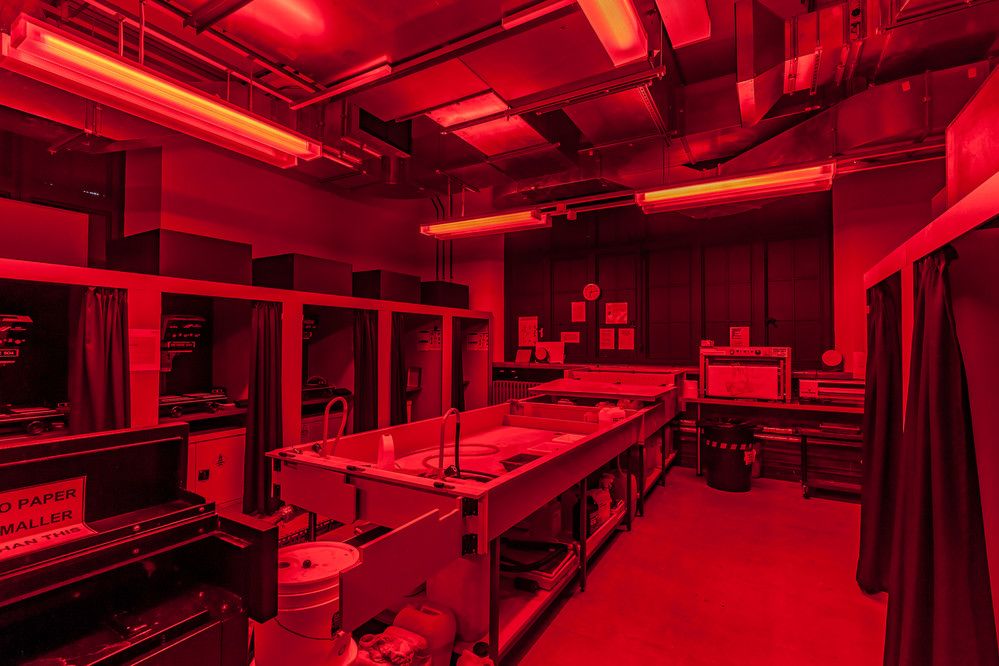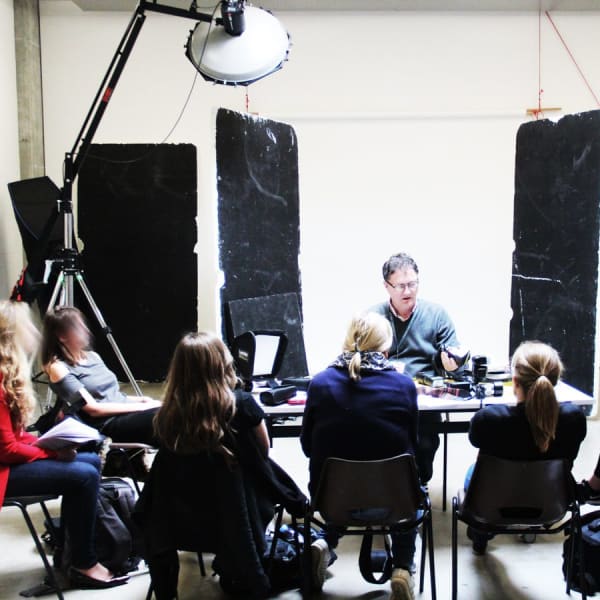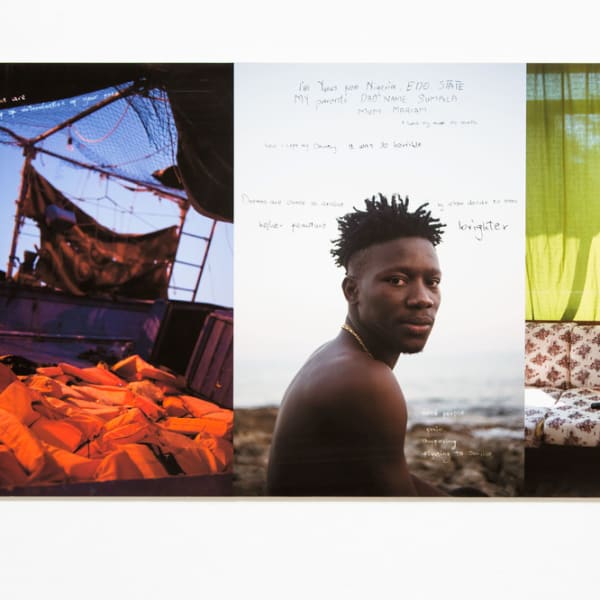
5 types of photography to master

- Written byCarys Thomas
- Published date 30 November 2021

The photography industry is worth billions in both the UK and the US and is reported to be among the most profitable industries.
Thanks to an increased access to smartphones in recent years, more and more of us are now turning to photography to capture the important moments in our lives. The cultural significance of photography is reflected in its ability to connect us to our past and remind us of the people, places, feelings and stories that touched our lives.
If you’re looking to try your hand at photography it’s worth experimenting with a few different styles and techniques to discover what works best for your personal goals and interests. We spoke to award winning photographer, creative director and UAL short course tutor, Giulio Mazzarini, about 5 types of photography that should inspire you to grab your camera and get snapping.
This guide features an overview of 5 types of photography, shedding light on their history and introducing some notable examples of each style. We’ll end by offering some of Giulio’s tips on how to improve your photography skills, regardless of your level of knowledge or experience.
If you're interested in improving your photography skills, take a look at our guide on how to tell a story through photography.

1# Portrait
Portrait photography, also referred to as portraiture, represents what Giulio describes as "the purest – and oldest – kind of photography." Descending from figurative portrait painting, this form of photography is concerned with capturing the personality, mood and identity of a particular individual or group. Portraits may be commissioned for specific events or occasions and can serve many purposes, ranging from personal projects to commercial assignments.
This type of photography can be challenging to master and often requires some degree of patience and expertise. A portrait photographer’s goal is to capture a person’s distinguishing facial features in a way that can be seen to reveal something about their attitude or identity. This involves working closely with clients to understand their aims and expectations for the shoot.
"A good portrait photographer needs excellent planning, research, strategy and ideas", says Giulio. Elements such as background, lighting and pose should be considered carefully to capture a photo that celebrates the subject’s unique personality (or ‘essence’) in the most appropriate way.
2# Fashion
As the internet and digital mediums continue to expand, fashion photographers are increasingly in demand. Fashion photography is focused specifically on the display of clothing and accessories, and plays an important role in the world of journalism and design. Fashion photographers are often required to work for a variety of commissioners, including advertisers, magazine publishers and designers. Fashion magazines such as Vogue, Harper’s Bazaar, and Marie Claire often allocate sizeable budgets to shoot in exclusive or luxurious destinations.
Fashion photographers must pay close attention to a model’s clothing, hair and make-up to ensure that photos capture the mood effectively. They should have an understanding of the trends and techniques that have shaped this form of photography in order to create original and compelling campaigns. Giulio notes that this should come from a "genuine passion and knowledge of the fashion industries and their trends."
Giulio is particularly inspired by Fashion Photographer Nick Knight, whose work for McQueen, Lady Gaga and Yamamoto made history. "I admire Knight’s longevity as a forward thinker," says Giulio, "he continues to innovate and never stands still."
3# Editorial
Editorial photography refers to the photographs that feature alongside some form of text in print or online publications. These photos are designed to help shape a story or convey a message to readers, and can inform the mood or tone of a particular piece. This form of photography may be featured in newspaper or magazine articles, feature stories, textbooks, essays and documentaries.
Editorial photographers are frequently required to shoot in a variety of different settings and use several techniques to produce meaningful features on everything from fashion and beauty to food and events. Giulio points out that editorial photography is "a very competitive industry, where just a few will make it and see their work on magazine covers." To succeed, "photographers need to be excellent visual journalists, where the creation of photo essays and story-telling skills are essential."
4# Documentary
The term ‘documentary photography’ refers to a form of photography that aims to capture people, places and events that have particular historic, political or social significance. This style of photography is often used in media reportage and commentary.
In some instances, documentary photography may act as a catalyst for social change by exposing injustice and inequality. This medium allows photographers to bear witness to key social issues or events and inspire reflection and debate. It’s all about "getting close to the truth" as Giulio puts it. Many early examples of documentary photography reflect this motivation; notable works include Jacob Riis' powerful photographic series on the New York slums, and Dorothea Lange's photographs of the Great Depression in 1930s America.
The difficulty of "getting close to the truth" of course, is that "photography never tells the full truth because there is always a point of view", as Giulio explains. This means that documentary photography can be challenging to master, and photographers interested in this area must be willing to research the subject extensively, taking into account the different sociological perspectives that come into play.
5# Travel
Travel photography is focused on documenting an area or location while travelling. The term is often closely related to documentary photography, and many would consider it to be a branch, or specialism, of this style.
The aim of this type of photography is ultimately to capture the sense of an area's landscape, culture, people, customs, or history. A travel photo may express the feeling of a particular time or place, and should essentially tell a story that invites the viewer into the shot. Besides a love for travel, Giulio notes that photographers specialising in this area should have excellent time management and story-telling skills.
Photographic possibilities here are endless, and travel photographers may choose to focus on capturing a particular landscape, street, culture or type of food that reveals something interesting or unique about that place. Travel photographs may be used for educational purposes and are often a key source of cultural inspiration.
Giulio’s top 5 photography tips
- Follow your passion: photograph what interests you, whether that’s art, sport, travel, architecture or food. This is the only way to really develop your voice as a photographer.
- Keep it simple: have a simple photographic kit that includes a good compact camera, a light body and a good lens or even a recent smartphone - and take it everywhere. Remember the best camera is the one you have when you need it.
- Remember photography is about telling a story: you should always have a clear subject or concept and a scene. Without this, you will be left with a set of individual photographs that will not work together.
- Composition is key: photography is not just an art; it is also a science that relates to geometry and design. Locate your subject and carefully compose the image. Take your time. Balance your main subject with other elements in the image, including the background.
- Use light wisely: remember, photography means "writing with light", so both the quality and quantity of light are crucial. Make sure lights and shadows complement each other. Also, remember that light dictates tones of colour, warm or cold.
If you’re keen to learn more about the world of photography, you may be interested in exploring some of our photography short courses.


